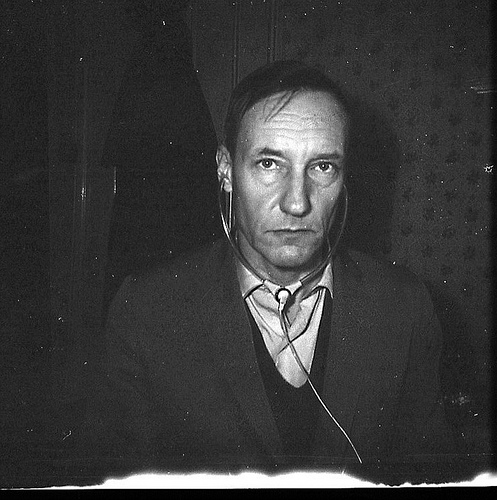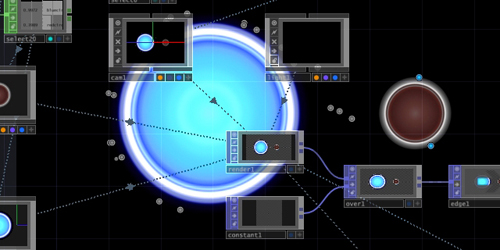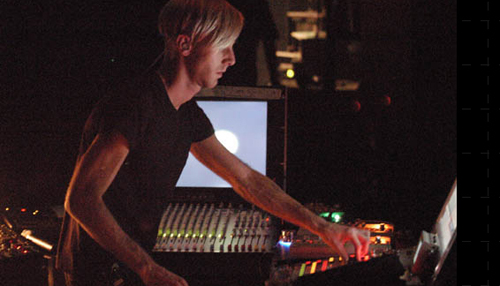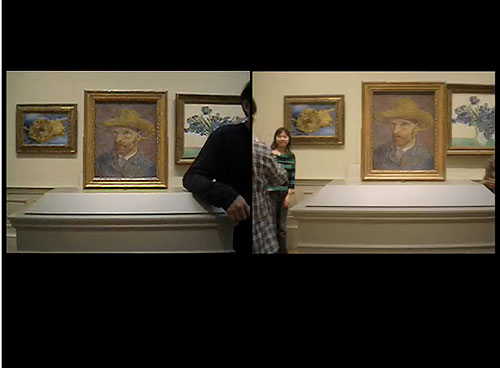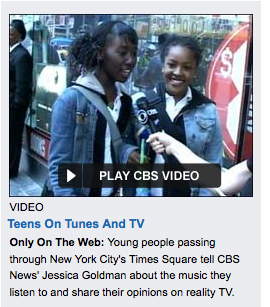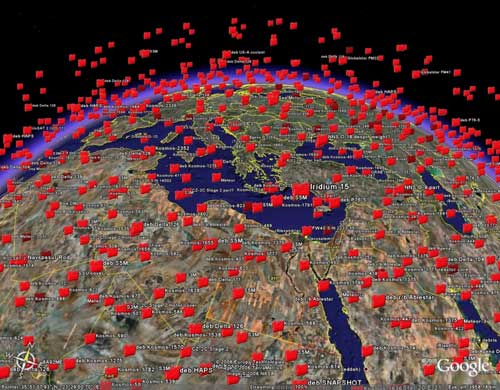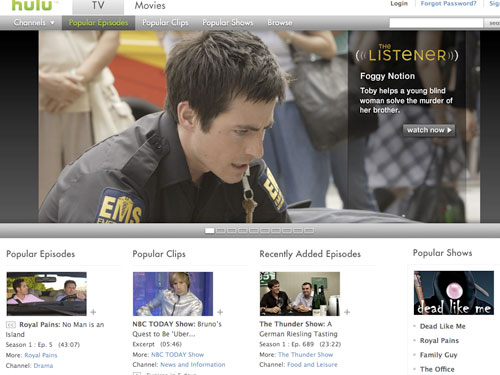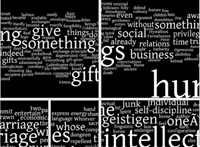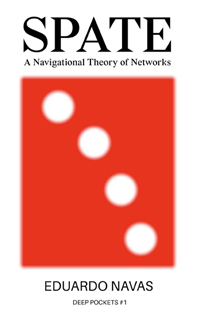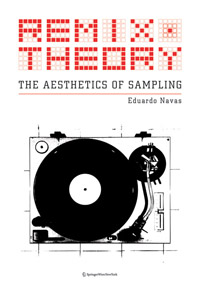Parts One and Two of Re*- Lecture: “Remix[ing]. The Three Chronological Stages of Sampling” by Eduardo Navas
The following is a presentation separated into two parts; it was produced for the conference Re*-Recycling_Sampling_Jamming, which took place in Berlin during February 2009.
Part One: Remix[ing]. The Three Chronological Stages of Sampling
Part One (above) introduces the three chronological stages of Remix, while part two (below) defines how the three chronological stages are linked to the concept of Authorship, as defined by Roland Barthes and Michel Foucault. Also see my previous entry “The Author Function in Remix” which is a written excerpt of the theory proposed in part two.
Part Two: Remix[ing]. The Three Chronological Stages of Sampling
Below is the abstract that summarizes the content of the two videos. Total running time is around fifteen minutes.
———–
Text originally published on Re*- on February 2009:
SAMSTAG_28.02.2009_SEKTION IV_15-20 UHR
12_15:00 Remix[ing]. The Three Chronological Stages of Sampling
Eduardo Navas, Künstler und Medienwissenschaftler, University of California in San Diego (USA)
Sampling is the key element that makes the act of remixing possible. In order for Remix to take effect, an originating source must be sampled in part or as a whole. Sampling is often associated with music; however, this text will show that sampling has roots in mechanical reproduction, initially explored in visual culture with photography. A theory of sampling will be presented which consists of three stages: The first took place in the nineteenth century with the development of photography and film, along with sound recording. In this first stage, the world sampled itself. The second stage took place at the beginning of the twentieth century, once mechanical recording became conventionalized, and early forms of cutting and pasting were explored. This is the time of collage and photo-montage. And the third stage is found in new media in which the two previous stages are combined at a meta-level, giving users the option to cut or copy (the current most popular form of sampling) based on aesthetics, rather than limitations of media. This is not to say that new media does not have limitations, but exactly what these limitations may be is what will be entertained at greater length.The analysis of the three stages of sampling that inform Remix as discourse is framed by critical theory. A particular focus is placed on how the role of the author in contemporary media practice is being redefined in content production due to the tendency to share and collaborate. The theories on authorship by Roland Barthes and Michel Foucault are entertained in direct relation to the complexities that sampling has brought forth since it became ubiquitous in popular activities of global media, such as social networking and blogging.

